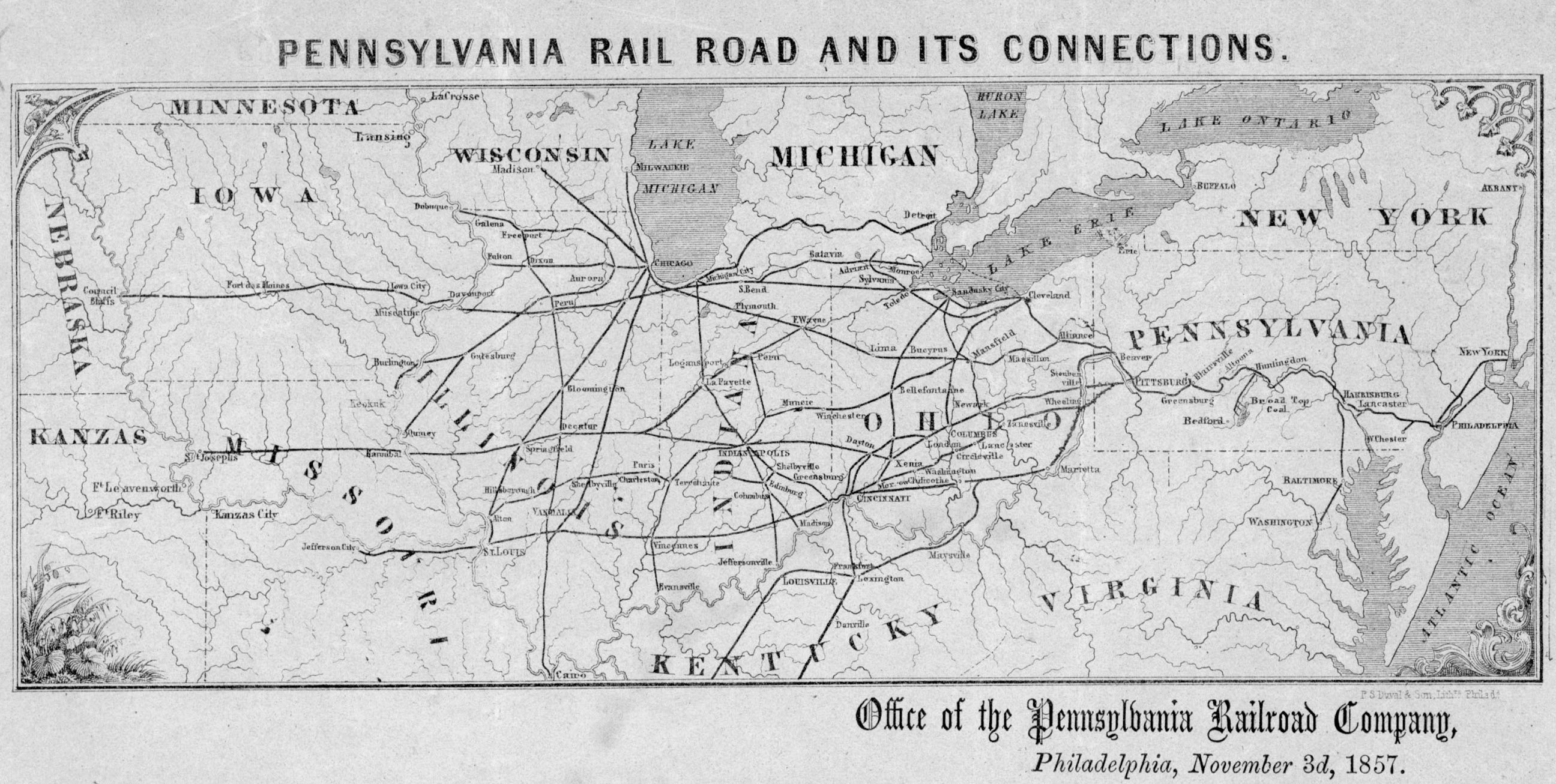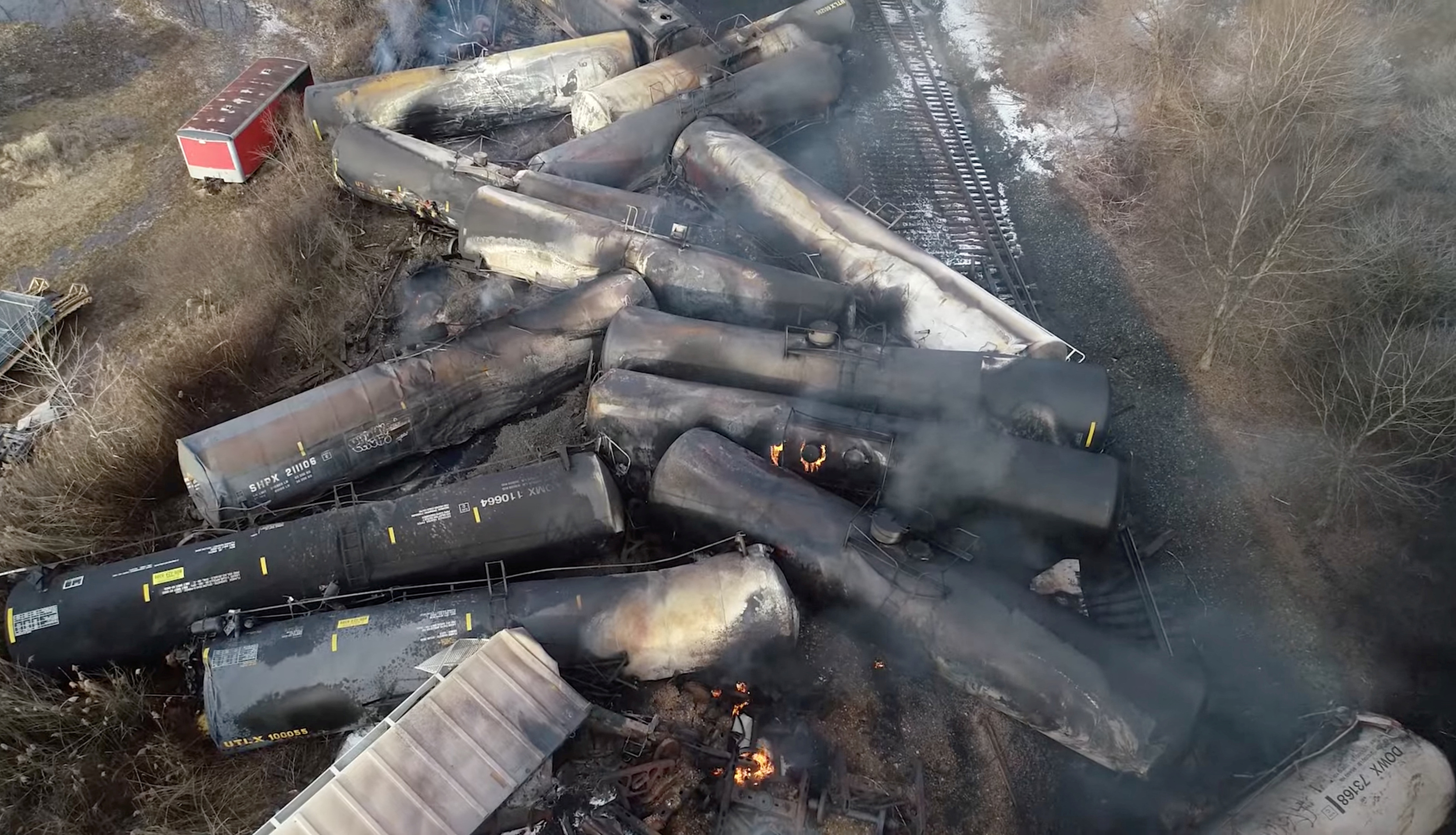|
Baldwin DS-4-4-660
The Baldwin DS-4-4-660 was a four-axle diesel-electric switcher locomotive built by the Baldwin Locomotive Works at it Eddystone, Pennsylvania factory between 1946 and 1949. It replaced the VO-660 in their catalog, and was in turn replaced by the DS-4-4-750. It was the low power companion to Baldwin's DS-4-4-1000 models. Original owners References * * * {{DEFAULTSORT:Baldwin DS-4-4-0660 DS-4-4-0660 B-B locomotives Railway locomotives introduced in 1946 Diesel-electric locomotives of the United States Standard gauge locomotives of the United States Shunting locomotives ... [...More Info...] [...Related Items...] OR: [Wikipedia] [Google] [Baidu] |
Baldwin Locomotive Works
The Baldwin Locomotive Works (BLW) was an American manufacturer of railroad locomotives from 1825 to 1951. Originally located in Philadelphia, it moved to nearby Eddystone, Pennsylvania, in the early 20th century. The company was for decades the world's largest producer of steam locomotives, but struggled to compete as demand switched to diesel locomotives. Baldwin produced the last of its 70,000-plus locomotives in 1951, before merging with the Lima-Hamilton Corporation on September 11, 1951, to form the Baldwin-Lima-Hamilton Corporation. The company has no relation to the E.M. Baldwin and Sons of New South Wales, Australia, a builder of small diesel locomotives for sugar cane railroads. History: 19th century Beginning The Baldwin Locomotive Works had a humble beginning. Matthias W. Baldwin, the founder, was a jeweler and whitesmith, who, in 1825, formed a partnership with machinist David H. Mason, and engaged in the manufacture of bookbinders' tools and cylinders fo ... [...More Info...] [...Related Items...] OR: [Wikipedia] [Google] [Baidu] |
Escanaba And Lake Superior Railroad
The Escanaba & Lake Superior Railroad is a Class III shortline railroad that operates of track in Northeastern Wisconsin and the Upper Peninsula of Michigan. Its main line runs from Rockland, Michigan, to Green Bay, Wisconsin, and it also owns various branch lines and out-of-service track. In 1897, the Escanaba River Company built a railroad from Wells, Michigan to tap a large hardwood timber stand at LaFave’s Hill. In 1898, the company name was changed to the Escanaba & Lake Superior Railway (E&LS). History Founding to 1978 Isaac Stephenson, Jefferson Sinclair, Daniel Wells Jr., Harrison Ludington, and Nelson Ludington were the founders of the N. Ludington Company. It was again renamed to the I. Stephenson company when Isaac Stephenson became majority owner in the same year. The N. Ludington Company became part of this company, and along with being rebranded as the ''Escanaba River Company'', became a subsidiary of this new company in 1888. The Escanaba River Co. construc ... [...More Info...] [...Related Items...] OR: [Wikipedia] [Google] [Baidu] |
Baldwin Locomotives
Baldwin is a Germanic name, composed of the elements ''bald'' "bold" and ''win'' "friend". People * Baldwin (name) Places Canada * Baldwin, York Regional Municipality, Ontario * Baldwin, Ontario, in Sudbury District * Baldwin's Mills, Quebec United States * Baldwin County, Alabama * Baldwin, Florida * Baldwin, Georgia * Baldwin County, Georgia * Baldwin, Illinois * Baldwin, Iowa * Baldwin, Louisiana * Baldwin, Maine * Baldwin, Maryland * Baldwin, Michigan * Baldwyn, Mississippi * Baldwin, Chemung County, New York * Baldwin, Nassau County, New York ** Baldwin (LIRR station) * Baldwin, North Dakota * Baldwin, Pennsylvania * Baldwin, Wisconsin * Baldwin (town), Wisconsin Other places * Baldwin Street Baldwin Street, in Dunedin, New Zealand is located in the residential suburb of North East Valley, northeast of Dunedin's central business district. ''Guinness World Records'' calls it the steepest street in the world, meaning no street gain ..., in Dune ... [...More Info...] [...Related Items...] OR: [Wikipedia] [Google] [Baidu] |
Wyandotte Terminal Railroad
Wyandotte Terminal Railroad was incorporated in the State of Michigan, United States of America, on September 14, 1904. It ceased operations as a railroad in 1982. History Wyandotte Terminal Railroad was originally created and owned by Michigan Alkali, a producer of an ingredient in the making of soda ash and other sodium-based products, to provide railroad switching services to its two plants located about four miles from each other on the Detroit River in Wyandotte, Michigan, United States of America. Michigan Alkali was later named Wyandotte Chemical and eventually BASF Wyandotte Corporation.Pinkepank, Jerry A., ''Trackside Around Detroit Downriver 1946–1976'', Morning Sun Books, 2004, p. 9 Operations At one time owning almost 9 miles of track, Wyandotte Terminal Railroad did all the intra-plant and inter-plant railroad switching for BASF Wyandotte’s two large plants located on the Detroit River in Wyandotte, Michigan. The City of Wyandotte is located just south ... [...More Info...] [...Related Items...] OR: [Wikipedia] [Google] [Baidu] |
Wyandotte Southern Railroad
Wyandotte may refer to: People and culture * Wyandotte Nation (also Wyandot), a federally recognized Native American tribe in Oklahoma * Wyandot language, the extinct language, now under revitalization efforts, of the Wyandotte Nation United States geographic names * Wyandotte, Arkansas, an historical community in Hot Spring County, Arkansas * Wyandotte, California * Wyandotte, Indiana * Wyandotte, Kansas, a mid-19th-century settlement and neighborhood of Kansas City, Kansas; see Kansas Pacific Railway * Wyandotte, Louisville, Kentucky, a neighborhood * Wyandotte, Michigan * Wyandotte, Oklahoma * Wyandotte Caves, park and its caverns in southern Indiana * Wyandotte County, Kansas * Wyandotte Township, Pennington County, Minnesota Other * ''Wyandotté'' (novel), by James Fenimore Cooper * Wyandotte chicken, a breed See also * Huron (other) * Huron-Wendat (other) * Wendat (other) * Wyandot (other) Wyandot may refer to: Native ... [...More Info...] [...Related Items...] OR: [Wikipedia] [Google] [Baidu] |
Wabash Railroad
The Wabash Railroad was a Class I railroad that operated in the mid-central United States. It served a large area, including track in the states of Ohio, Indiana, Illinois, Iowa, Michigan, and Missouri and the province of Ontario. Its primary connections included Chicago, Illinois; Kansas City, Missouri; Detroit, Michigan; Buffalo, New York; St. Louis, Missouri; and Toledo, Ohio. The Wabash's major freight traffic advantage was the direct line from Kansas City to Detroit, without going through St. Louis or Chicago. Despite being merged into the Norfolk and Western Railway (N&W) in 1964, the Wabash company continued to exist on paper until the N&W merged into the Norfolk Southern Railway (NS) in 1982. At the end of 1960 Wabash operated 2,423 miles of road on 4,311 miles of track, not including Ann Arbor and NJI&I; that year it reported 6,407 million net ton-miles of revenue freight and 164 million passenger-miles. Origin of name The source of the Wabash name was ... [...More Info...] [...Related Items...] OR: [Wikipedia] [Google] [Baidu] |
Tennessee Valley Authority
The Tennessee Valley Authority (TVA) is a federally owned electric utility corporation in the United States. TVA's service area covers all of Tennessee, portions of Alabama, Mississippi, and Kentucky, and small areas of Georgia, North Carolina, and Virginia. While owned by the federal government, TVA receives no taxpayer funding and operates similarly to a private for-profit company. It is headquartered in Knoxville, Tennessee, and is the sixth largest power supplier and largest public utility in the country. The TVA was created by Congress in 1933 as part of President Franklin D. Roosevelt's New Deal. Its initial purpose was to provide navigation, flood control, electricity generation, fertilizer manufacturing, regional planning, and economic development to the Tennessee Valley, a region that had suffered from lack of infrastructure and poverty during the Great Depression, relative to the rest of the nation. TVA was envisioned both as a power supplier and a regional econom ... [...More Info...] [...Related Items...] OR: [Wikipedia] [Google] [Baidu] |
Pennsylvania Railroad
The Pennsylvania Railroad (reporting mark PRR), legal name The Pennsylvania Railroad Company also known as the "Pennsy", was an American Class I railroad that was established in 1846 and headquartered in Philadelphia, Pennsylvania. It was named for the commonwealth in which it was established. By 1882, Pennsylvania Railroad had become the largest railroad (by traffic and revenue), the largest transportation enterprise, and the largest corporation in the world. Its budget was second only to the U.S. government. Over the years, it acquired, merged with, or owned part of at least 800 other rail lines and companies. At the end of 1926, it operated of rail line;This mileage includes companies independently operated. PRR miles of all tracks, which includes first (or main), second, third, fourth, and sidings, totalled 28,040.49 at the end of 1926. in the 1920s, it carried nearly three times the traffic as other railroads of comparable length, such as the Union Pacific and Atchison, T ... [...More Info...] [...Related Items...] OR: [Wikipedia] [Google] [Baidu] |
Patapsco And Back Rivers Railroad
The Patapsco and Back Rivers Railroad was a Class III switching and terminal railroad, operating in Baltimore County. Owned for the majority of its existence by the Bethlehem Steel Corporation, the railroad primarily served Bethlehem Steel's Sparrows Point Terminal area. MCM Management Corporation purchased the PBR, through their purchase of RG Steel corporation, and renamed the railroad the Baltimore Industrial Railroad in 2012. RG Steel, LLC History Built as the standard gauge Baltimore & Sparrows Point Railroad Co., the first track was constructed from Colgate Creek to Penwood Park in Sparrows Point, a distance of in 1889. The Patapsco & Back Rivers Railroad, was incorporated by the Bethlehem Steel Corporation in 1916 to perform switching operations around their expanding steel mill and shipbuilding operations at Sparrows Point. The railroad takes its name from the rivers surrounding the point. The PBR interchanged with the Pennsylvania Railroad at a location known as ... [...More Info...] [...Related Items...] OR: [Wikipedia] [Google] [Baidu] |
Norfolk Southern Railway (former)
The Norfolk Southern Railway is a Class I freight railroad in the United States formed in 1982 with the merger of Norfolk and Western Railway and Southern Railway. With headquarters in Atlanta, the company operates 19,420 route miles (31,250 km) in 22 eastern states, the District of Columbia, and had rights in Canada over the Albany to Montréal route of the Canadian Pacific Railway. NS is responsible for maintaining , with the remainder being operated under trackage rights from other parties responsible for maintenance. Intermodal containers and trailers are the most common commodity type carried by NS, which have grown as coal business has declined throughout the 21st century; coal was formerly the largest source of traffic. The railway offers the largest intermodal rail network in eastern North America. NS was also the pioneer of Roadrailer service. Norfolk Southern and its chief competitor, CSX Transportation, have a duopoly on the transcontinental freight rail lines ... [...More Info...] [...Related Items...] OR: [Wikipedia] [Google] [Baidu] |
New Orleans Public Belt Railroad
The New Orleans Public Belt Railroad is a Class III railroad, and a subsidiary of the Port of New Orleans. It connects with six Class I railroads serving the city, and provides switching and haulage service. It is estimated that one-third of the United States' east-west rail freight crosses the Mississippi on the Huey P. Long Bridge segment of the railroad. The impetus for the NOPB came at the start of the 20th century era when multiple railroads terminating locally created both congestion at the Port of New Orleans and safety problems on city streets. The railroad began operation in 1908 with the intention of giving the major railroads "uniform and impartial" access to the port. The railroad is managed by the Public Belt Railroad Commission, which also owns and maintains the Huey P. Long Bridge. NOPB covers over 160 kilometers (100 mi) of track with ten locomotives. No funding is received from the city; operating and capital expenses are covered by operating reve ... [...More Info...] [...Related Items...] OR: [Wikipedia] [Google] [Baidu] |




